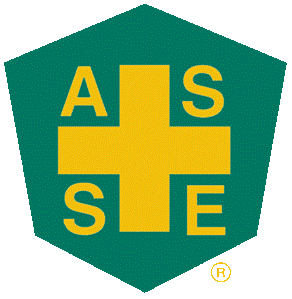 If a worker is injured slipping from a ladder while accessing an electrical panel, does this incident warrant more training on the employee’s part on how to properly use a ladder or does it call into question larger organizational issues that should be addressed?
If a worker is injured slipping from a ladder while accessing an electrical panel, does this incident warrant more training on the employee’s part on how to properly use a ladder or does it call into question larger organizational issues that should be addressed?
In an article in the February issue of the American Society of Safety Engineers' (ASSE) Professional Safety titled, “Problem Solving, Are Higher-Order Controls Ignored?,” authors Michael Behm and Demetria Powell reviewed 249 valid investigation reports from seven organizations. They found a majority of occupational health and safety (OHS) professionals and their companies focus solely on the incident without looking at factors like why a ladder is needed to reach a panel in the report.
An opportunity gets lost
“By not including it, an opportunity for organizational learning about possible future design and redesign changes has not been documented and, thus, is lost,” the authors write.
At issue is ANSI Z10, a U.S. consensus standard for Occupational Health and Safety Management Systems, which has six solution categories: 1) elimination; 2) substitution for less hazardous materials, processes, operations or equipment processes; 3) engineering controls; 4) warnings; 5) administrative controls; and 6) protective clothing.
Fixated on single causes
The first three options are considered higher-order control solutions because they require more effort to improve a situation within a corporate culture. The authors discovered OHS professionals and their companies used administrative controls, known as lower-order controls, in 87 percent of the reviewed investigation reports, suggesting that they may be fixated on identifying single causes close to the work operations.
“All organizations should analyze what types of failures and subsequent solutions they are identifying,” the authors write. “When investigators look beyond the immediate failures and into the system they will initiate true organizational learning and be impactful for risk reduction on both the micro and macro scales.”
Click here for more information About ASSE's Professional Safety.



